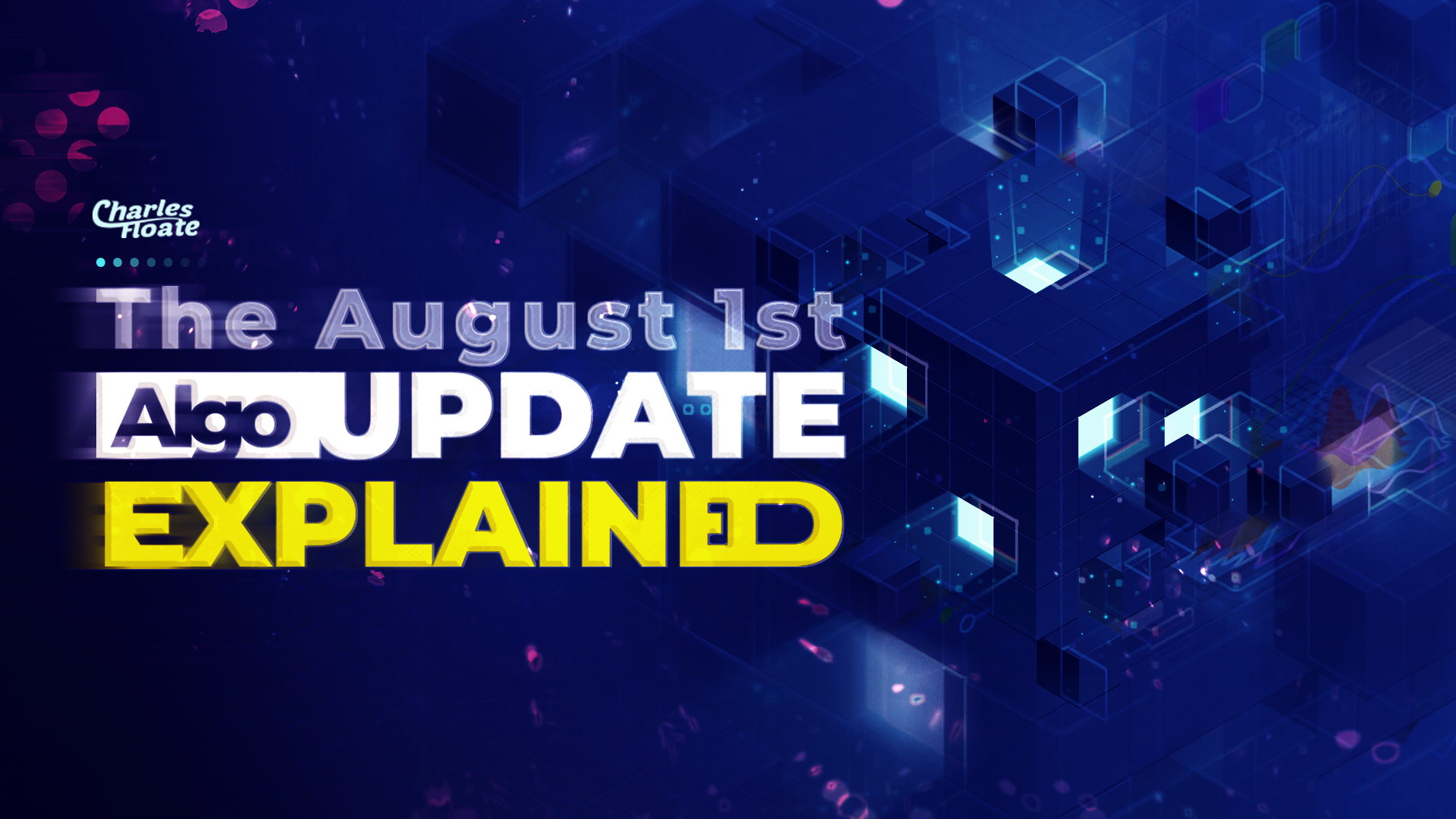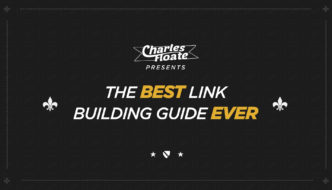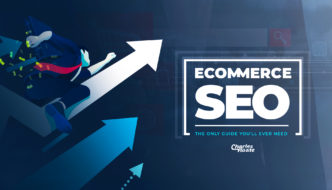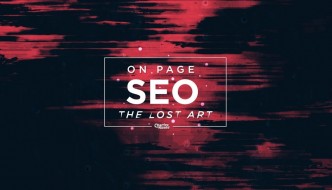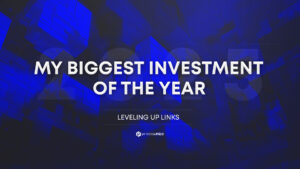This has probably been the most confusing update I have ever seen in the SEO industry. It has people arguing over names, niches and effects the update has had like any other I have seen before.
There’s been a few posts already put out on this update, but hopefully my research and findings can add to what has already been unearthed and improve on some misinformation that people have put out.
Table of Contents
The Time Frame
Unlike most updates, this one took over a week to fully roll out and take it’s effect.
It was a very weird week though, with fluctuations being quite unpredictable in what directly caused it – I had several sites bouncing up & down throughout the week with no real reason as to why, and many differing niches & traits.
This Whole “E-A-T” Thing
The new buzzword of the month for the SEO community, E-A-T. Taken from the Google rater guidelines and spurred on by some tweets from Google’s Liaison, it’s simply stands for: Expertise, Authoritativeness and Trust.
It’s supposed to be Google’s way of linking real expertise to a piece on the internet. Essentially validating the authenticity of a piece.
The problem I have with all of the explanations behind E-A-T, is that they all come from Google’s Quality Rater Guidelines, or QRG for short.
Google has released a whole lot of rating guidelines around what MANUAL reviewers are looking for.. And not what the algorithm itself is looking at. You aren’t trying to beat a manual reviewer (at least not most of the time), you’re trying to beat an algorithm.
I do not for one second believe (or have any proof for that matter) that Google has the capabilities inside of this algo update to truly understand if someone is real or a manifestation.. And as such, if their expertise is real, or a manifestation.
Likewise, it’s still basing it’s authenticity factors off the same old SEO – Links & OnPage.
A great example of how this isn’t a purely E-A-T based update though, is a site we’ve been tracking in the UK going from #15 to #4 during the update for the term “Casino” –

This site has a tiny about us page, no content on the homepage (Which is the page ranking), no EV SSL to link a real company to the site and a metric sh*t ton of thin indexed pages but does have a gigantic link profile with homepage links from football clubs, gambling commissions and data groups.
Out of all the sites in this specific SERP, I’d say it definitely has the strongest and most trust-worthy link profile of them all. So yes, I do believe E-A-T can have effects from both OnPage and links.
My Findings On Links
I hardly found any sites that had seen an algorithmic hit this time due to a poor link profile.. It was odd seeing sites with mostly WordPress homepage links seeing good movement, whilst others with higher quality (and cleaner/natural) link profiles stayed stagnant or saw drops.
I did however see a lot of correlation between trust-worthy / good link profiles and sites that didn’t have great OnPage. This may of been Google yet again choosing links over the sites themselves.
This update was mostly affecting OnPage but my overall conclusion is that Google has some sort of baked in counter measures to make sure they don’t devalue thin sites that actually cater to exactly what the user wants and in turn, has an excellent & clean link profile.
YMYL Sites
I had a number of people I know who have affiliate sites get hit, most of these were centered around the health, beauty and cosmetic niches. Which is one of the reasons why SERoundTable called it the “Medic Update” – Though I can categorically confirm it hit a ton of niches and wasn’t specifically just around health.
There were reoccurring themes throughout the types of sites that I had gotten hit:
No Author Bio OR Author Markup
No real link between a person who would have some form of professional background in the given industry. Generally the pages were just WordPress sites with default themes and complete affiliate review/promotional pages.
No About Page
No given company or person behind the website itself. This is super simple and should be a requirement in this day & age. I recommend spending a good amount of time on your about page, don’t just have some Filipino writer do a 500 word description. – Make it like any other quality page on your site, have it add value.
No Social Profiles
Again, no links and no authenticity of a website or the person/people behind it.
Poor Overall Site Quality
One of the biggest factors I found in this update was your sites overall quality.
Whether it be the site having small &/or low quality content pieces, an outdated design/user experience, poor load times or a mixture of all of them.. It’s in your best interest to make sure the site has an overall air of quality to it. I cannot count how many times people have spent $10k on building link campaigns and barely spent a grand on the site and content itself.
A Perfect Example
An almost perfect example of a site that exhibits all of the above problems that absolutely tanked in this update was fabathome.org –
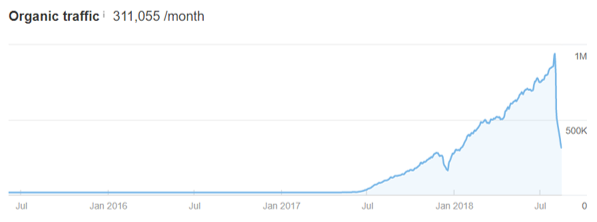
No about page, no author bio, no author markup, no social profiles or outside validation of authenticity and hundreds of “Best” pages which lack niches supporting each other, supporting pages themselves and don’t hold any real value to the user or Google.
Hackers & Spammers
Unfortunately, as Google has put in more & more effort into giving benefits to authentic sites, this has bred the perfect environment for hackers using real websites to post spammy pages.
This screenshot was taken today (16/08/2018) of the “Buy Viagra Online” SERP –
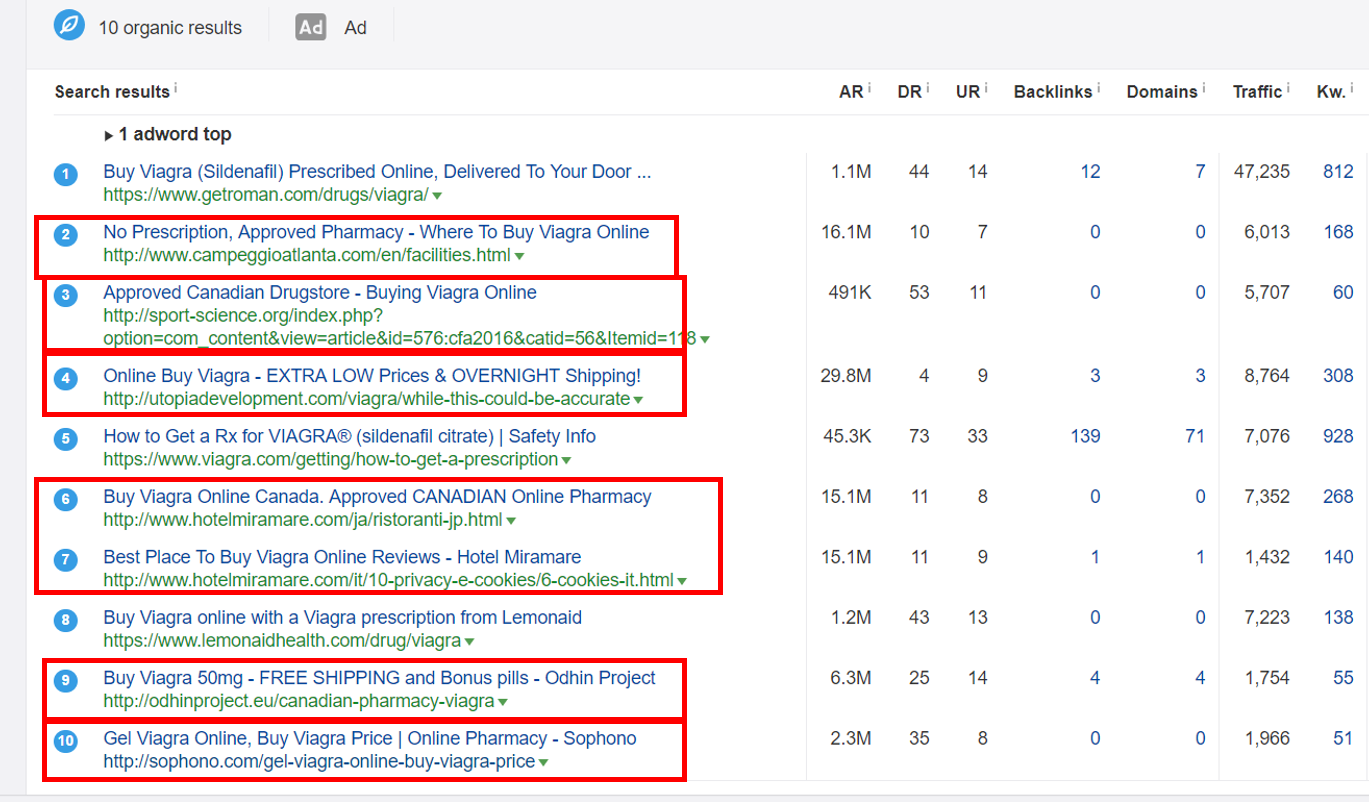
The positions marked in red are hacked sites, yes 7/10 of the page #1 results are hacked sites. No, we haven’t suddenly jumped in time back to 2012.
Obviously, these are authentic, real sites that Google can validate.. Just the pages on them weren’t created by the people who make the sites.
If these kinds of algo updates persist without any sorts of counter measures to sites that aren’t topically relevant ranking, such as these.. Then you’ll be seeing a whole lot more people with bad intentions trying to manipulate the SERPs, that’s some real black hat sh*t.
Spammers Taking Over
I started noticing towards the start of the year that a large number of spammy link profile sites started creaping into certain SERPs. In this recent update all of these sites seem to of not only withstood the test of time, but also seemingly got boosts to help.
A great example of one of these sites is ranking #1 for “Cheap NFL Jerseys” –
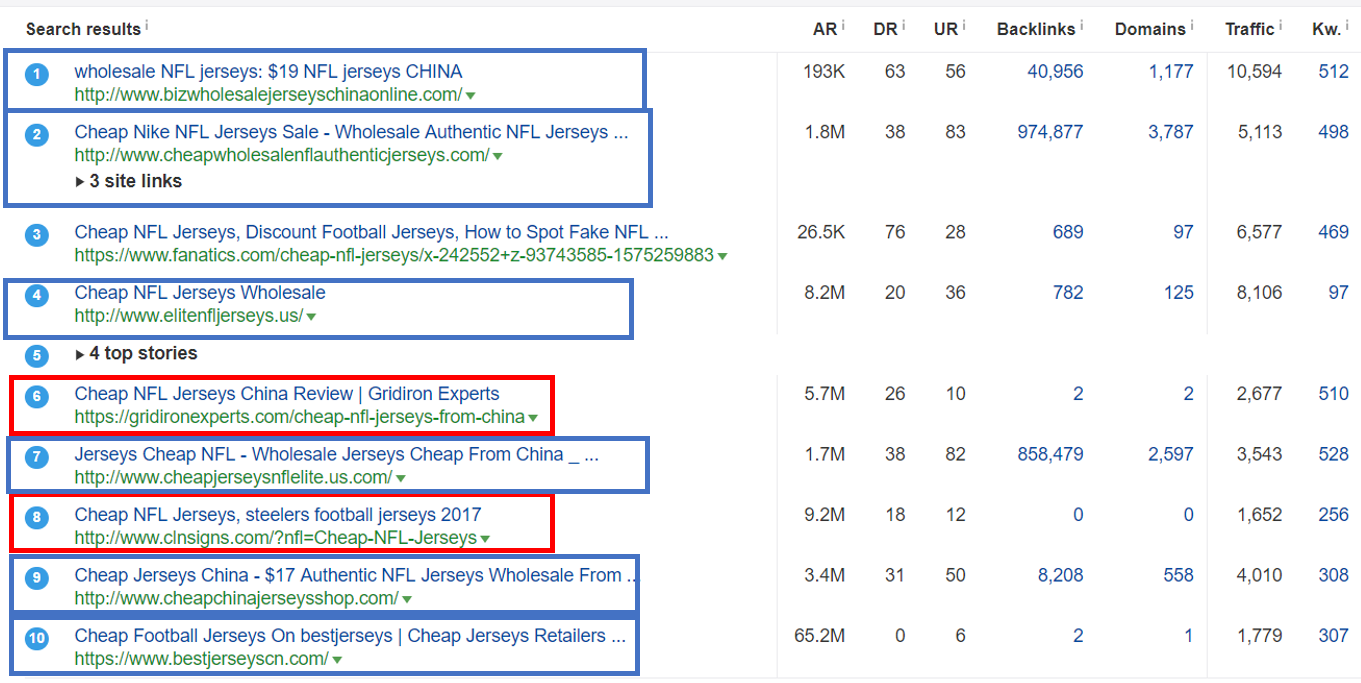
The ones in red are hacked, the ones in blue are spammed. Again, this picture was taken today (16/08/2018) and yes, 9/10 sites in this SERP are either hacked or spam.
Let’s take a look at some of these sites shall we –
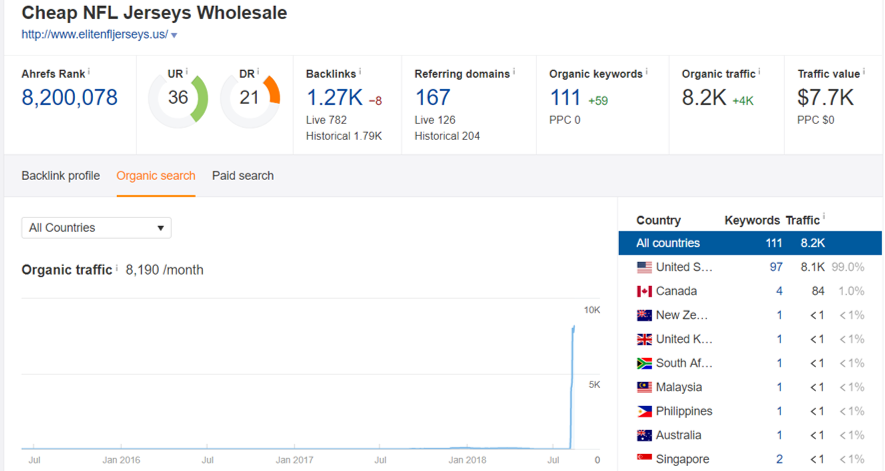
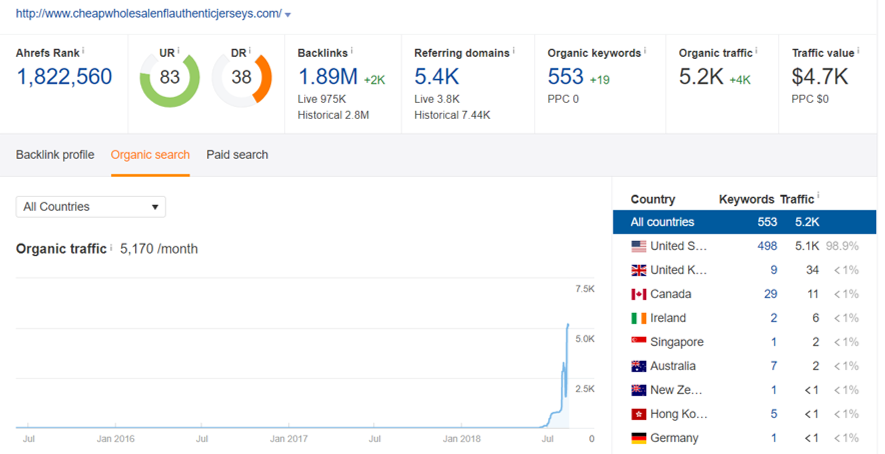
Damn, those are some nice ranking boners if I ever did see one.
So what kind of high value, authentic, totally white hat, amazing link profiles can these kinds of sites have?
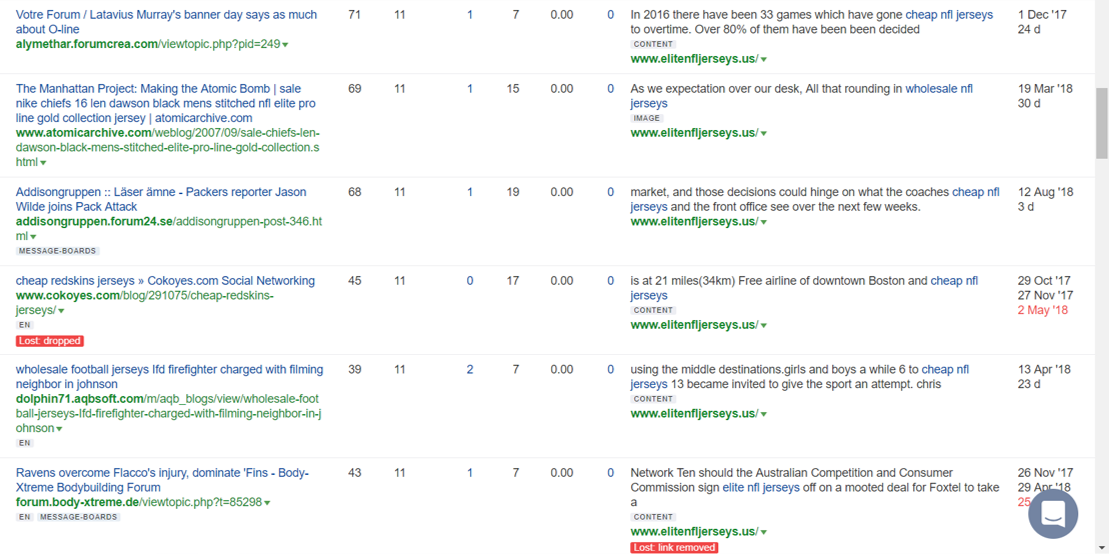
Mostly hacked link insertions, forum and web 2.0 spam. At least the anchor text ratios aren’t THAT bad –
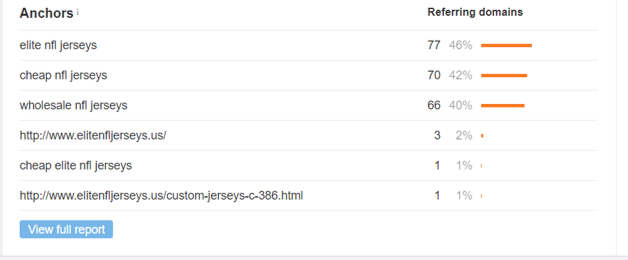
And let me tell you guys, the E-A-T on this website is out of this world –
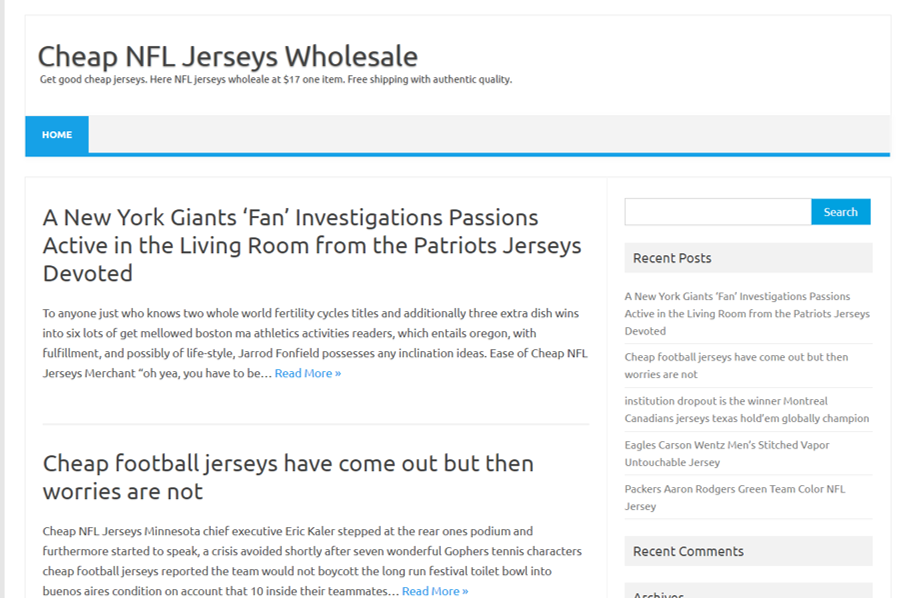
So yes, in retrospect, you can be forgiven if this update confused the hell out of you.. because I’m still not 100% on why exactly Google decided this website was so worthy of going from 27 to 8,500 visits/mo in the space of a week.
Further Reading & Reasearch
As I said at the start, there has been some research already put out. I thought I’d give you a bit of further reading, as this update requires all the information you can get your hands on.
Before I share these pieces, I did want to note that I agree with a point that Russ Jones made today –
I get it that everyone is busy, but the lack of quality quantitative research investigating the Aug 1 update is pretty embarrassing.
— Russ Jones (@rjonesx) August 16, 2018
Considering how big our industry is and how many people have paid positions to research this stuff. There really hasn’t been much of any substance put out en masse.. There has been a whole lot of misinformation though.
So, credit where credits due, to the 2 people that made it on to my further reading list.
- Marie Haynes piece also found indications of multi-chains being hit on multiple locations, promotion or selling products that could be deemed harmful (Under what Google classes as harmful) to the users being hit and some links to reviews/reputation having an impact.
- Glen Gabes piece was the first person to actually justify sites that had been hit outside of all this “E-A-T” hype. It also showcased how similar sites can see wildly differing movements because of small signals they gave off to this update.
Thanks For Reading
I hope this blog post gave you some more insight into the algo update.. If you have any additional thoughts or findings then please drop a comment below, I’d love to hear your own insights.
If you would like to see more of these kinds of posts when Algo’s come to town.. Then join my email newsletter on the right hand side.
- Charles

